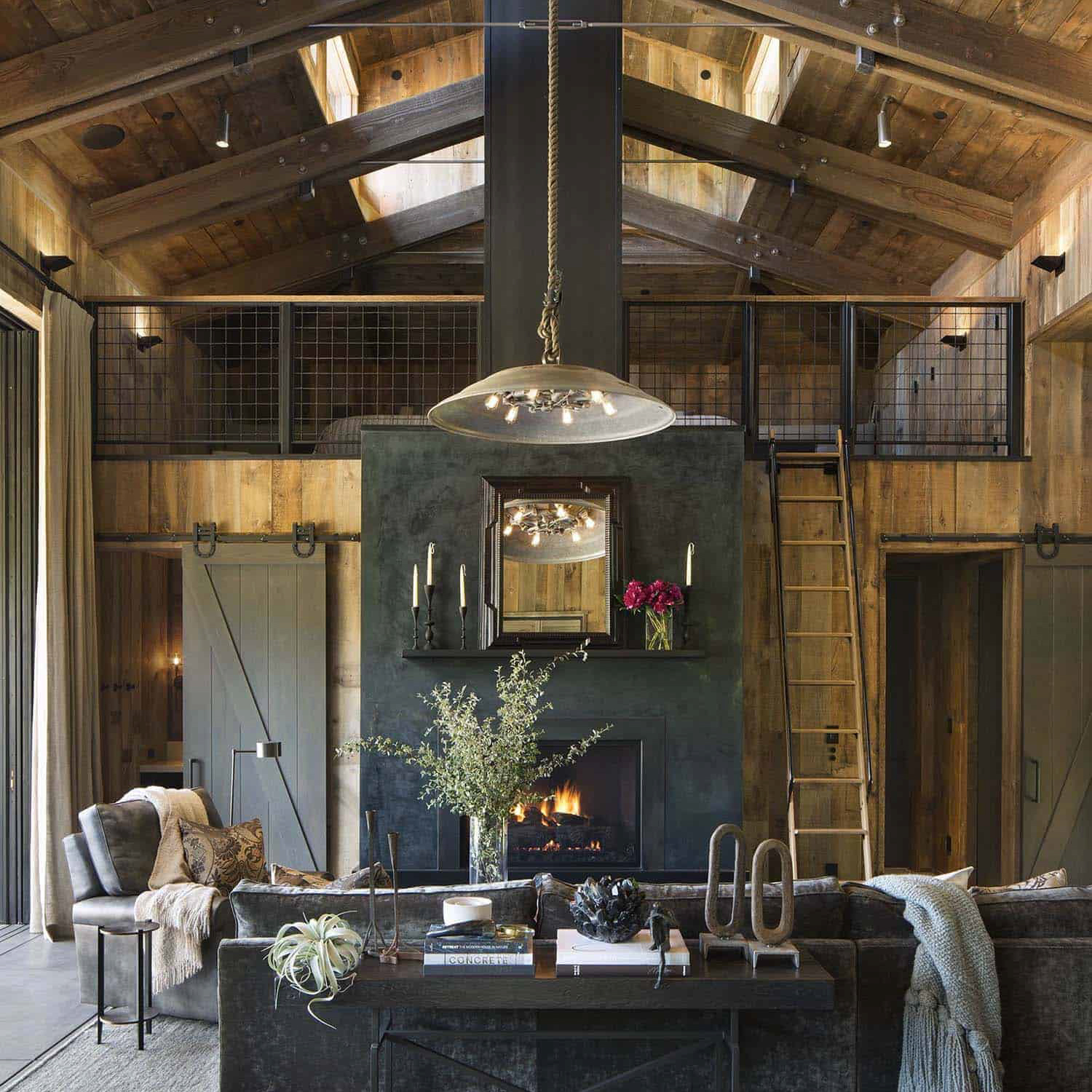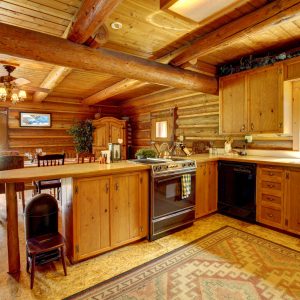
False Drop Ceiling: A Modern Solution for Contemporary Interior Design
When it comes to interior design, a false drop ceiling is one of the modern solutions that have been gaining popularity in recent times. Unlike a conventional ceiling that is fixed directly to the structure of a building, a false drop ceiling is suspended below the actual ceiling. False drop ceilings are designed to create a secondary layer or false ceiling that can incorporate various design elements, from lighting fixtures to ventilation systems, making them a versatile option for interior designers. This article explores the advantages and disadvantages of the false drop ceiling and the reasons why it has become a popular choice for contemporary interior design.
Advantages of False Drop Ceiling
Design Flexibility
One of the primary advantages of a false drop ceiling is its flexibility in design. Designers can choose from a variety of materials, colors, and textures to create a unique appearance. False drop ceilings can be painted or laminated, and they can even be decorated with wallpaper. They can also incorporate different types of lighting fixtures, including recessed lighting, LED lighting, or track lighting, to add drama or mood to a room.
Acoustics
False drop ceilings are known for their ability to enhance the acoustics of a room. The space between the false and actual ceiling acts as an air gap, which can improve soundproofing and reduce noise levels. Plus, materials like perforated metal, fiberglass, or acoustic tiles can be used to attenuate echoes and reverberation in a room.
Easy Installation and Maintenance
False drop ceilings are relatively easy to install and maintain, making them a cost-effective solution. The suspended design of a false ceiling allows easy access to the systems and fixtures installed above the false ceiling. This feature makes repair or maintenance work more accessible and quicker than in a conventional ceiling.
Disadvantages of False Drop Ceiling
Reduced Ceiling Height
The obvious disadvantage of a false drop ceiling is that it reduces the height of a room. The gap between the actual ceiling and the false ceiling can be several inches, which means that the height of the room is lower than it would be with a conventional ceiling. This lower ceiling height can lead to a cramped feeling in certain rooms.
Installation Coordination
Another disadvantage of a false drop ceiling is that installation requires coordination between different tradespeople. Electricians, plumbers, and HVAC technicians may all need to work together to install the elements that will be situated above the false ceiling. This coordination can increase the overall cost and complexity of the installation.
False drop ceilings provide contemporary interior designers with a range of benefits, including design flexibility, enhanced acoustics, and ease of maintenance. The versatility of this ceiling type allows designers to bring their unique visions to life and create stunning interiors that are both functional and attractive. Although false drop ceilings can have disadvantages, such as reduced ceiling height and installation coordination, their advantages outweigh any drawbacks. Therefore, it’s no surprise that false drop ceilings have cemented their place as a modern interior design solution.


